Haematology and BMT in Thane
Haematology and BMT: Personalized Treatment and Curative Solutions
The Haematology & Bone Marrow Transplant (BMT) department is an integral part of Jupiter Hospital, a prominent private quaternary care hospital located in Thane. The centre specialises in offering comprehensive services when it comes to Haematology and BMT treatment in Thane, ensuring convenient access for patients with complex blood disorders.
Our team of internationally recognized transplant specialists embodies core values such as innovation, collaboration, confidentiality, empathy, and integrity. We have a successful track record of performing numerous transplants for patients from across the globe, addressing various blood disorders.
We adopt a multidisciplinary approach to treating cancer and blood diseases, including leukaemia, lymphoma, myeloma, and other conditions requiring transplants. We are dedicated to creating personalised treatment plans for each patient, whether they are adults or paediatric patients, to cater to their unique and evolving needs throughout the entire transplant journey.
Team
Looking for the Haematology and BMT in Thane
The Centre boasts great infrastructure and a team of internationally trained specialists. It offers transfusion services, laboratories, and a radiation oncology unit. Key features of the Centre include a unique unit in the city, 24X7 Critical Care Services, spacious transplant suites with HEPA filters, isolation beds for adults and children, outpatient daycare, and various medical services such as Chemotherapy, Immunotherapy, Blood Transfusion, Endoscopy, Bronchoscopy, and Dialysis.
Transfusion Medicine
The department provides 24/7 services for blood components, including platelet apheresis, NAT-tested blood components, peripheral stem cell harvesting, bone marrow processing, stem cell preservation, and a Gamma Irradiator.
Laboratory Services
The Centre offers a range of laboratory services, including Haematology, Flow Cytometry, HCA, Microbiology, Drug Assays, and Histopathology.
Diverse Disorder Treatments
The Centre specialises in diagnosing and treating a wide range of blood disorders and blood cancers, covering anaemia, marrow failure syndromes, coagulation disorders, acute and chronic leukaemia, myelomas, lymphomas, myeloproliferative, and lymphoproliferative disorders.
Consultative Haematology
We provide comprehensive services, including Allogeneic and Autologous transplants using bone marrow, peripheral blood stem cells, and cord blood stem cells for both benign and malignant disorders.
A bone marrow transplant is a medical procedure designed to replace a patient's unhealthy bone marrow with healthy bone marrow cells. This treatment involves bone marrow or peripheral blood stem cell harvesting and is often used to address a range of blood-related disorders, including leukaemia, lymphoma, and specific autoimmune conditions.
The Role of Bone Marrow
Bone marrow, a soft and spongy substance found within the inner cavities of bones, plays a crucial role in blood production. It contains small spaces that house primitive cells capable of developing into different types of blood cells. These remarkable cells are known as stem cells, which have the capacity to generate various blood cell types, including red blood cells, white blood cells, and platelets.
Types of Bone Marrow
In general, there are two types of bone marrow: red and yellow. Most children predominantly possess red marrow, which is rich in stem cells. However, as individuals transition into adolescence, a significant portion of their bone marrow transforms into yellow marrow due to the infiltration of fat cells. Red marrow in adolescents is primarily limited to specific bones, such as the hip bones, breastbone, ribs, shoulder blades, skull, spine, arm, and thigh ends.
- Malignant Disorders
- Acute Leukaemia (Myeloid & Lymphoid Leukaemia)
- Chronic Leukaemia (Myeloid & Lymphoid Leukaemia)
- Multiple Myeloma
- Myelodysplastic Syndromes
- Hodgkin’s and Non Hodgkin’s Lymphoma
- Myeloproliferative Disorders
- Neuroblastoma/Ewing’s Sarcoma, Medulloblastoma
- Benign Hematologic Disorders
- Thalassemia Major & Sickle Cell Disease
- Aplastic Anaemia
- Benign White Blood Cell Disorders - LAD/Congenital Neutropenia
- Immunodeficiency Disorders
- Severe Combined Immunodeficiency Disease
- Congenital and Pediatric Syndromes
- Other States of Bone Marrow Failure – PRCA, PNH, Fanconi's Anaemia
- Adrenoleukodystrophy
- Hemophagocytic Lymphohistiocytosis (HLH) - Both Primary and Secondary
- Hurler Syndrome
- Multiple Sclerosis/Scleroderma
The use of bone marrow transplant or haematopoietic stem cell transplant is essential for the diagnosis and treatment of various blood cancers, necessitating a combination of chemotherapy and other tailored treatment modalities. Some malignant disorders include:
These are non-cancerous blood disorders that also require bone marrow transplants for effective treatment, such as:
The bone marrow transplant process can vary based on the donor and specific transplant procedures. Typically, there are two primary types of transplant processes:
- Autologous Bone Marrow Transplant:
In this method, bone marrow or stem cells are harvested from the patient's own body and cryopreserved (frozen) for future use.
- Allogeneic Bone Marrow Transplant:
In this approach, bone marrow or stem cells are obtained from a donor. The donor may be a relative, often a sibling, or an unrelated individual whose bone marrow matches the patient's HLA (Histocompatible Leukocyte antigen) profile. The bone marrow is transplanted to the patient on the same day.
Variants of Allogeneic Transplants
Some of the different types of allogeneic transplants are listed below:
- HLA (Immune)-Match Related Donor (Siblings) Transplant:
The donor is typically a sibling whose HLA profile is a complete match with the patient.
- HLA (Immune)-Matched Unrelated Donor Transplant:
The donor is unrelated to the patient but has a complete HLA match.
- Haplo Identical Donor Transplant:
The donor, usually a biological parent or half-matched sibling, provides HLA half-matched (haplotype) stem cells.
- Umbilical Cord Blood Transplant:
Stem cells are collected from a newborn baby's umbilical cord immediately after birth. These immature stem cells eliminate the need for a perfect match, and they are stored until required for a transplant.
Transplant Process
Following the harvest, bone marrow or stem cells undergo filtration to remove fat and other particles. They are then processed, counted, screened, and prepared in the laboratory for infusion. Alternatively, Stem cell are mostly collected from peripheral blood now a days by apheresis machine. Prior to this, the donor receives injections for 4 to 5 days.
Patient-Specific Treatment
The choice of transplant type is determined by the patient's unique medical requirements. A medical evaluation by a doctor is crucial to determine the most appropriate treatment plan. The ultimate aim of the bone marrow transplant process is to address various blood disorders and specific types of cancer.
The Bone Marrow Transplant (BMT) process comprises three main phases, each with distinct objectives and procedures. These phases are:
Phase 1: The Pre-BMT Phase
This initial phase involves comprehensive patient evaluation and preparation. It includes diagnostic tests, assessment of the patient's overall health, and conditioning to ensure the body is ready for the transplant.
Phase 2: Stem Cell Transfusion
During this phase, the stem cells, either from the patient's own body (autologous) or a donor (allogeneic), are transfused into the patient. This critical step marks the actual transplantation of the bone marrow.
Phase 3: The Post-BMT Phase
The post-BMT phase focuses on monitoring and supporting the patient's recovery. This includes managing potential complications, maintaining immune suppression, and ensuring that the transplanted cells are properly engrafted in the patient's body.
Step 1: Preparation
The patient's transplant journey begins with their arrival at the BMT Centre. This phase encompasses the initiation of medical evaluation, the adoption of a multidisciplinary treatment approach, and the insertion of a central venous catheter.
Step 2: Bone Marrow/Stem Cell Harvest
Stem cells are collected from either the bone marrow or peripheral blood through apheresis. In an allogeneic transplant, stem cells are sourced from a donor, whereas in the case of an autologous transplant, they originate from the patient.
Step 3: Conditioning
The conditioning stage represents the initial step in the transplantation process. It involves the administration of chemotherapy, radiation therapy, or a combination of both. The goal is to hinder bone marrow function sufficiently to enhance the chances of curing the disease. Some conditioning treatments may be administered in an outpatient setting, potentially reducing the inpatient stay.
Step 4: Transplant
Immediately following the conclusion of the conditioning regimen, donor bone marrow or stem cells are infused, similar to a blood transfusion. This marks the transition to the post-BMT phase.
Step 5: Waiting for Engraftment (New Cell Growth)
During this stage, patients undergo close monitoring and receive supportive therapy, with a particular focus on preventing infections.
Step 6: Engraftment and Early Recovery
Around 2 to 3 weeks after the transplantation, signs of new bone marrow or stem cell engraftment and development become apparent. Monitoring and supportive care continue, while preparations for the patient's discharge commence.
Step 7: Long-Term Recovery
This phase involves the patient's discharge from the centre, discussions on ongoing clinical concerns, and the process of restoring their regular lifestyle. Patients are advised to schedule regular follow-ups to prevent potential long-term complications.
Patients Speak
Hear the heartwarming stories of patients overcoming difficult afflictions













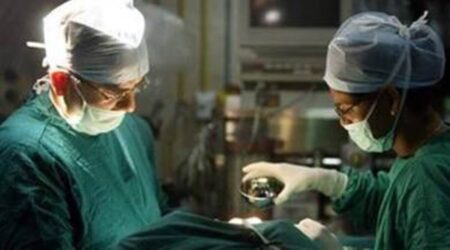
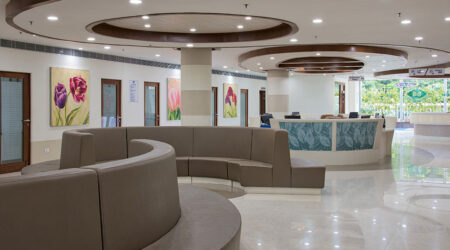

 View Map
View Map Book an Appointment
Book an Appointment Find a Doctor
Find a Doctor Health Check-up
Health Check-up



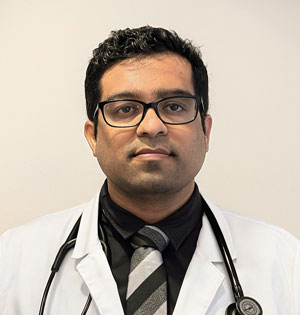

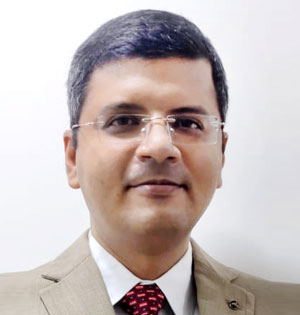



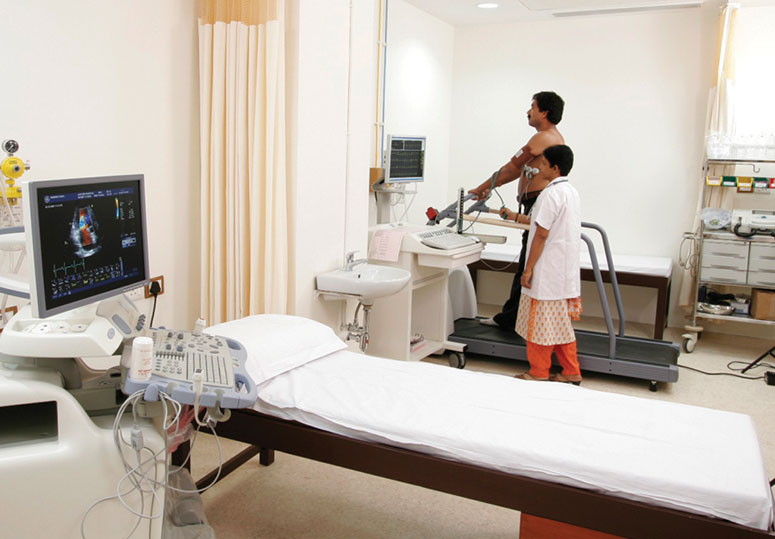
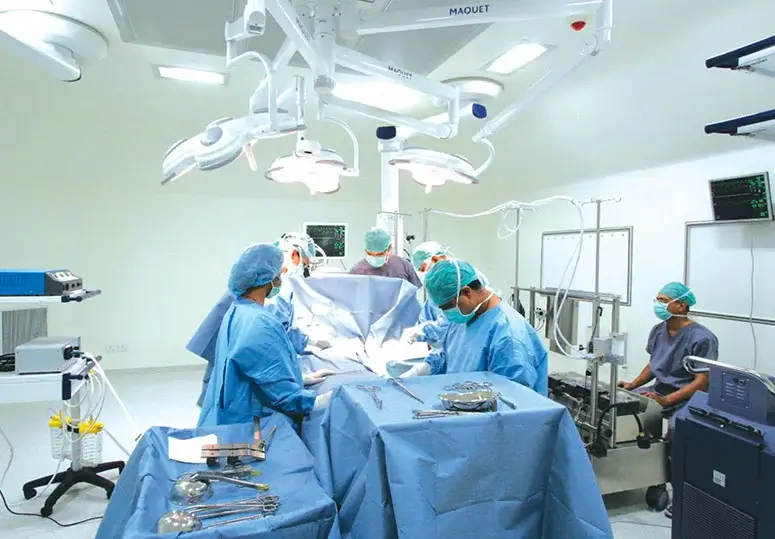

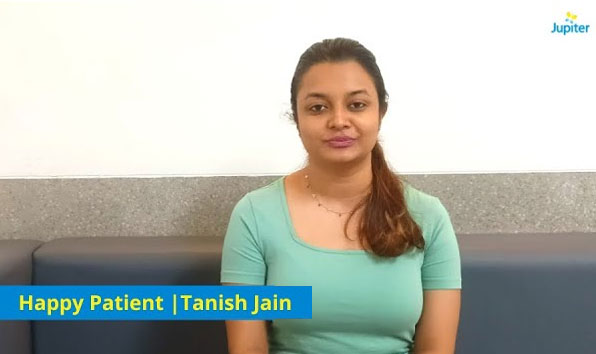



 Find a Doctor
Find a Doctor Health Checkup
Health Checkup Book an Appointment
Book an Appointment